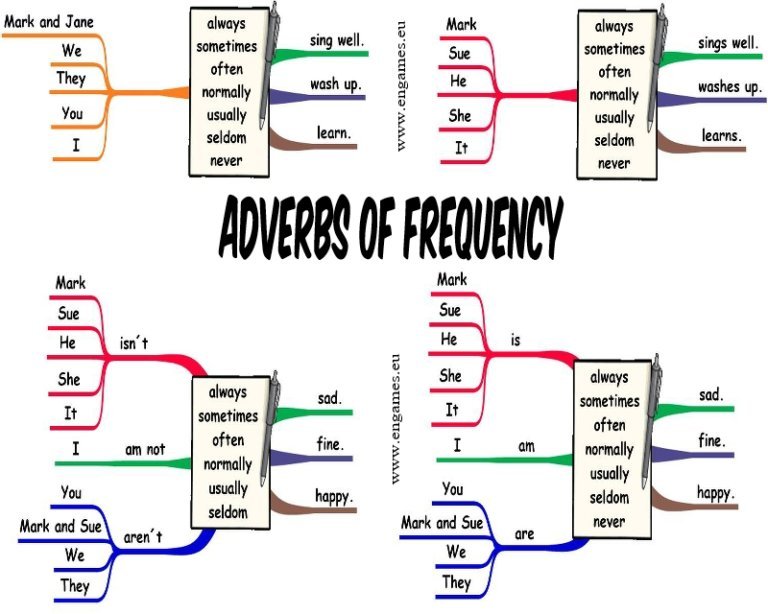Adverbs of Frequency for Elementary Students of English
Adverbs of frequency are a really a complicated grammar. Even though many textbooks teach these words very early on, their usage is not simple and there are many exceptions to the rules. But as I have to present it to elementary students, I try to keep them as simple as possible and I keep all…
